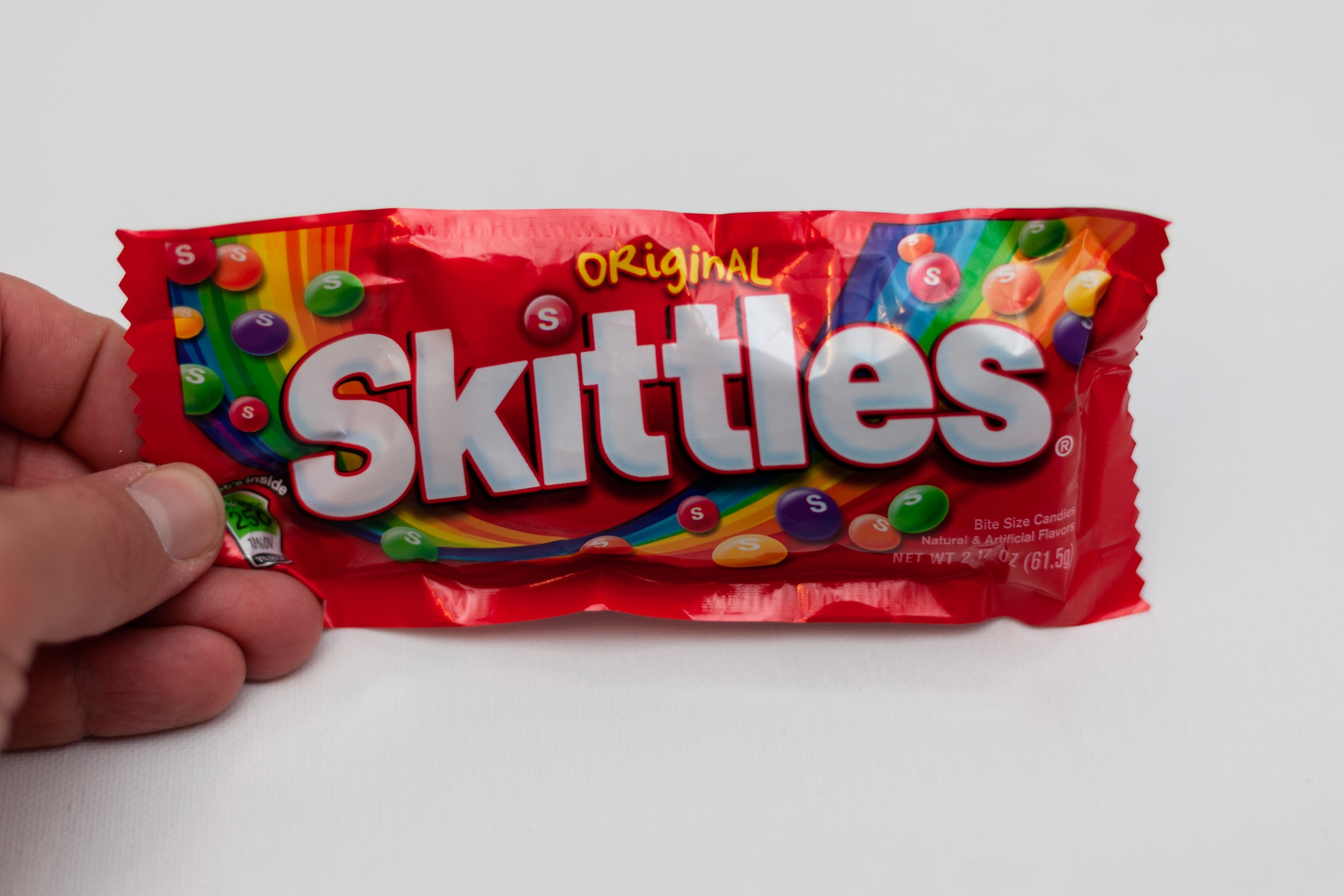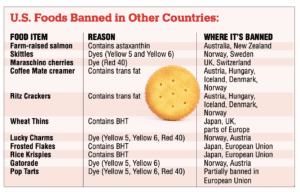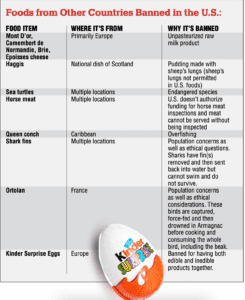We often hear how the American diet is unhealthy, full of processed foods that can cause health concerns, weight gain and a variety of other issues. Netflix is abundant with documentaries exposing the dark side of the agriculture and food industry.
From time to time, we also hear of food recalls due to safety, contamination, packaging problems or other concerns that could indicate that our food may not be exactly what we think. If our food system is so bad, what can we do about it? Who is regulating it? Is America different from any other country?
Who Regulates Our Food?
The U.S. Food and Drug Administration (FDA) is one of the regulatory agencies in the United States responsible for overseeing food safety. According to its website, “The FDA is responsible for protecting public health by regulating human drugs and biological products, animal drugs, medical devices, tobacco products, food (including animal food), cosmetics, and electronic products that emit radiation.
But not all those products undergo premarket approval — that is, a review of safety, quality, and effectiveness
by FDA experts and agency approval before a product can be sold to consumers. In some cases, the FDA’s enforcement efforts focus on productsafter they are already for sale.” This means there are many foods lining the grocery shelves that were not evaluated before they were mass produced and put before the consumer.
The FDA approves food additives in food produced for human consumption. This includes ingredients intentionally added
to a food product as well as those that might come from contact with packaging. The FDA also regulates color additives, including those used in foods but also cosmetics, drugs, dietary supplements and some medical devices.
Another regulatory agency that oversees some of the American food supply is the United States Department of Agriculture (USDA). According to the FDA Reader, “The USDA regulates the production of meat, poultry and egg products. USDA-regulated businesses are required to have a USDA inspector onsite at all times.” Furthermore, “Food produced and sold in a retail environment (i.e. restaurant, deli) is not typically regulated by either the USDA or the FDA.” The USDA oversees many manufacturing facilities for meats such as slaughterhouses, poultry processors, meat and egg processors. The USDA inspector onsite is ensuring that the manufacturing process follows regulations, that the animals used in production are healthy and that packaging is correct.
The issue of food safety is an important one. After all, we eat every day. But how can we be sure that what we’re eating is healthy?
Banned or Not Banned?
Why are some foods prevalent in America banned in other countries? Why are some popular dishes in other countries banned in the U.S.? Regulatory agencies in different countries pay attention to varying factors in their decision making. For example, many American-produced foods that are unavailable in other countries are denied because of the artificial food dyes used in production or other ingredients such as trans-fat or BHT. However, in the United States, many of the international foods not permitted are due to ethical concerns or endangered species status. The United States also does not permit raw milk and raw milk products, eliminating several of the cheese products popular in Europe.
When evaluating what foods you do and don’t want to eat, it would be difficult to fully research each one on your own. If you’re interested, watch some documentaries, read some articles, and then dig deeper on your own to get the full story. You may decide to remove certain dyes or ingredients from your diet, which will then only require reading the label to decide what you want to consume.
If researching isn’t your thing but you want to eat as healthy as possible, sticking to a diet of fresh and frozen fruits, vegetables and meats is a good place to start. While we can’t check every food, decide what things are most important to you and start there to uncover what you want to know about what you’re consuming.
Related Articles:



